|
Genres, Themes, Actors, and Directors:
- Anne Baxter Films
- Barbara Stanwyck Films
- Capucine Films
- Edward Dmytryk Films
- Jane Fonda Films
- Laurence Harvey Films
- Prostitutes and Gigolos
Response to Peary’s Review:
Peary writes that this “brooding, once shocking adaptation of Nelson Algren’s novel” is “very watchable” but he argues that “the actors, though good, are extremely stiff, as if they feared moving about and not being able to find the floor markers on the dark sets.” (Peary exaggerates; not that many scenes are darkly lit.) He notes that “only hip-swinging Jane Fonda, as a wildcat tamed by Stanwyck’s threats, projects any energy,” but “it’s difficult to tell if her performance is correct or completely wrong since her style is so much more expressive than that of the other stars.” (Is “correct” really the right term to use for a performance?)
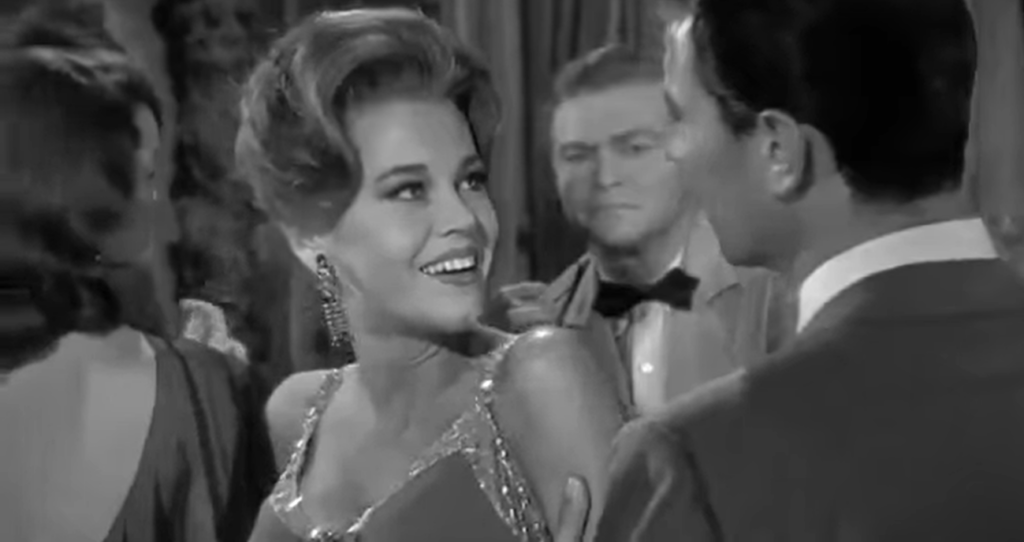
Peary adds that while “it’s unusual to see a film with four solid female parts,” “so many of their feelings — those that explain who they are — are kept bottled inside, as if the many scriptwriters (including Clifford Odets and Ben Hecht) were either afraid or incapable of expressing them or unable to because of censorship problems.” Indeed, this movie is often cited as a classic example of everything wrong with studio filmmaking before the Production Code was finally loosened; it was lambasted thusly by Bosley Crowther in The New York Times:
Everything in this sluggish picture… smacks of sentimentality and social naïveté. It is incredible that anything as foolish would be made in this day and age.
Meanwhile, the film’s production was infamously challenging and heated as well; as described in TCM’s article:
Needless to say, the shoot was something of a pitched battle. Feldman had promised Dmytryk that he would leave the country during filming so that he wouldn’t interfere. Then he hung around anyway, sending in his unwanted script revisions and insisting that Capucine be dressed in the latest Pierre Cardin designs, even though the film was set and costumed in the ’30s. Harvey quarreled with Dmytryk incessantly. When the actor stalked off the set and held up production for over an hour, Stanwyck tore into him so vehemently, he was never late again. At least they both could agree on their dislike of Capucine. When the former model complained that Harvey’s kisses weren’t manly enough for her, he countered, “Perhaps if you were more of a woman, I would be more of a man. Honey, kissing you is like kissing the side of a beer bottle.”
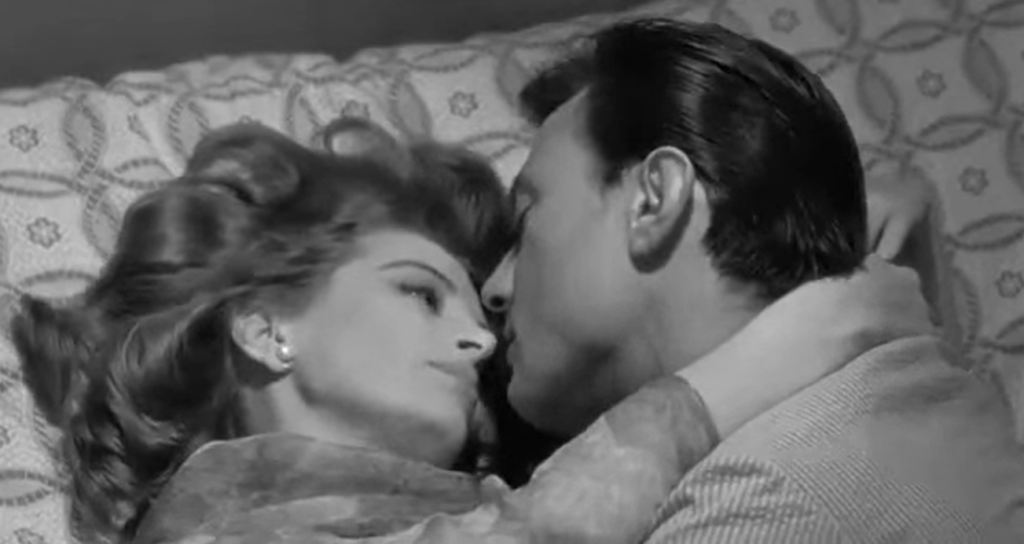
Ouch! Speaking of Stanwyck, her character’s thinly veiled “interest” in Capucine at least keeps things a little intriguing, even if her role is underdeveloped.
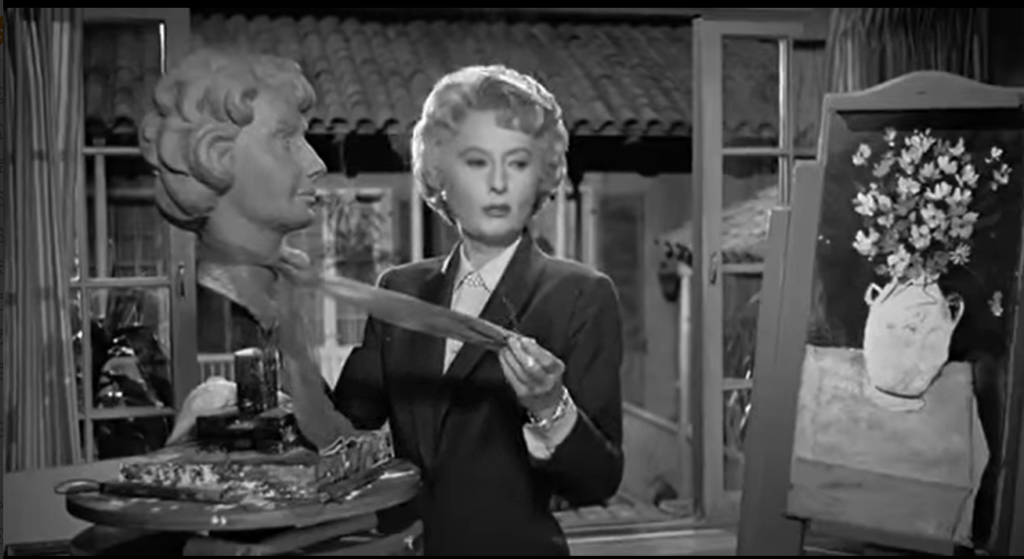
Notable Performances, Qualities, and Moments:
- Jane Fonda’s enthusiastic performance as Kitty Twist

- Barbara Stanwyck as Jo

- Anne Baxter as Teresina

- Joseph MacDonald’s cinematography
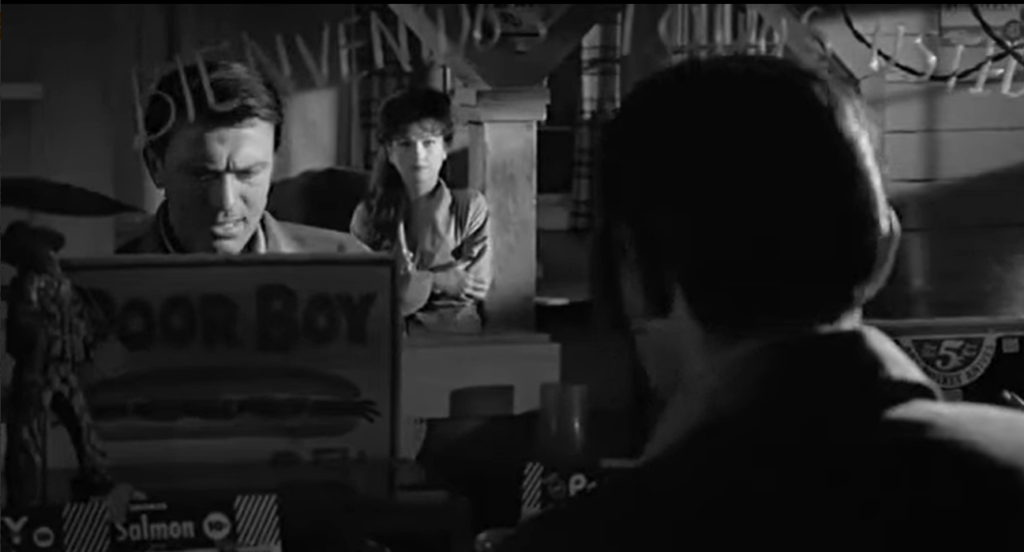
Must See?
No, though fans of the stars will likely be curious to check it out.
Links:
|
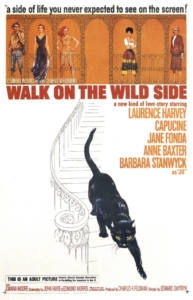







One thought on “Walk on the Wild Side (1962)”
Rewatch. A once-must, as a significant cult item. [I didn’t read your post until after I wrote mine – and posted in ‘Revival House of Camp & Cult’ (fb). We pulled some of the same points.]
“Oh, you know me better than that, Hallie. Sometimes I’ve waited years for what I wanted.”
‘Walk on the Wild Side’ (1962): It’s possible that the even-better movie was the one behind-the-scenes. Director Edward Dmytryk hated producer Charles K. Feldman. Feldman had said he’d stay away during the filming but then hung around, apparently annoying the director to no end.
Laurence Harvey told Capucine (Feldman’s girl) that she couldn’t act. (True enough, perhaps, but she does get some great lines: “No, I’m bored – and I’ve only just gotten up. Maybe I ought to go back to bed.”) Capucine complained that she didn’t want to kiss Harvey because he wasn’t “manly enough”. Harvey retorted that “kissing you is like kissing the side of a beer bottle.”
Jane Fonda (fiery and fierce as heck!) didn’t get along with Harvey and kept wanting to change the dialogue (and was probably following good instincts: “I run the candy concession.”). Supposedly Dmytryk finally walked off the film. (So who finished it?!)
Throughout, Barbara Stanwyck seemed to be having a ‘gay’ old time being the first American actress to play a lesbian in a feature film. (She’s dynamite! Talk about mood swings!) ~ while, in an effort to stretch her range, Anne Baxter goes full-out Tex-Mex. Olé!
The film has one of the best opening sequences in film history, designed by Saul Bass, accompanied by a sultry Elmer Bernstein theme. That hot black tom cat prowling the territory – in search of sex? a fight? And finding the latter!
Largely set in a ’30s bordello, this is a sex-drenched tale in which all of the participants are either thwarted or much prefer their own company and just can’t be bothered by the thought of lust. Yet, that’s the film’s charm. It’s not so much tawdry as… tattered and torn.